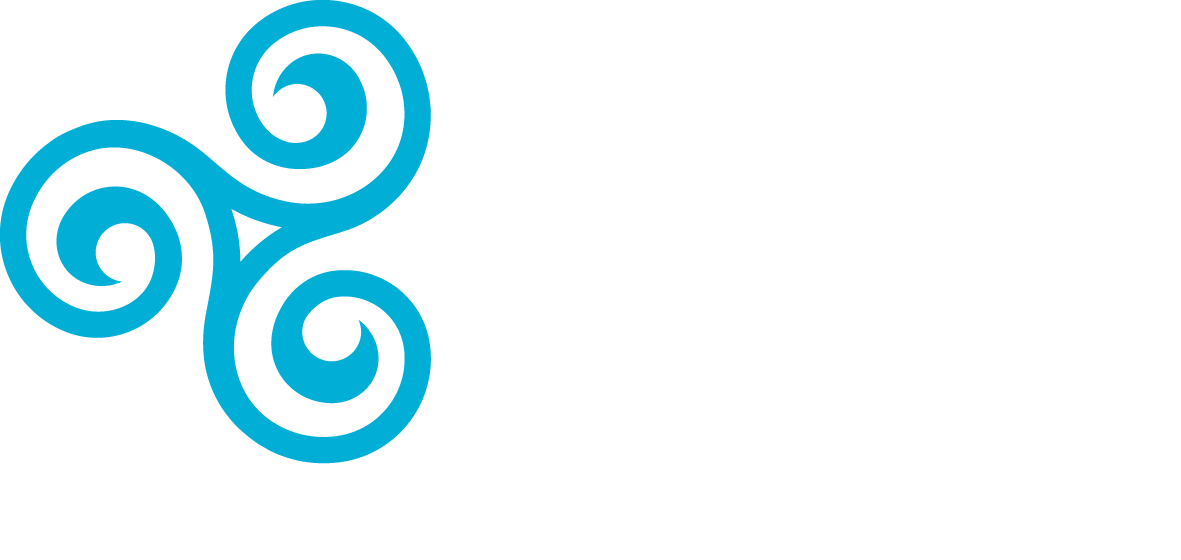Launch of new carbon reduction workshops
ESD is committed to working in partnership with Scottish Water in order to reduce our carbon footprint across the capital programme of active projects and remain on course to achieve net zero by 2040.
We launched a new initiative designed to keep up the momentum and further reduce carbon output across all projects within ESD: our Carbon Reduction Workshops. These workshops, involving key design and project personnel, follow each project right through from concept and construction to commissioning and, importantly, are carried out at each design phase. The aim of the workshops is straightforward: to reduce ESD’s whole life carbon footprint across the programme.
These workshops, involving key design and project personnel, follow each project right through from concept and construction to commissioning and, importantly, are carried out at each design phase. The aim of the workshops is straightforward: to reduce ESD’s whole life carbon footprint across the programme. The workshops align with the PAS2080 carbon reduction hierarchy (avoid, switch, improve) and generally, the biggest carbon reductions can be identified in earlier design phases when scope is more flexible. This can also result in cost reductions when avoiding and/or reducing the scope of work. However, we know that carbon reductions can be made throughout the delivery process, which is why we carry out numerous workshops across a project lifecycle.
Through careful analysis and group discussion, various project-specific opportunities for carbon reduction are identified in the workshops. These are logged in the template shown below. Actions arising are then investigated by the appropriate ‘owner’ who takes responsibility for determining whether they represent a viable solution and would result in a quantifiable carbon saving.
We calculate carbon using two different Scottish Water tools: the Capital Carbon Account Tool (CCAT) and the Benchmark Estimating System (BES). The CCAT tool is used for optioneering and gives a clear comparison between multiple options. BES is an estimating tool that has a carbon function integrated into it, which gives more granular details and is the basis on which we report our carbon outputs for each project to the client.

Recent positive initiatives emerging from our workshops include:
- Using lagoon solutions instead of concrete water retaining structures which will save 557 tCO2e (tonnes of carbon dioxide equivalent) on the Bradan WwTW project alone
- Using timber kiosks instead of GRP for chemical dosing which will save 82.5 tCO2e on the Mannofield WTW project.
Lessons learned from such initiatives are then examined to determine how they can be implemented, as and where appropriate, across the ESD portfolio.
Ross McKay
ESD Carbon Lead


